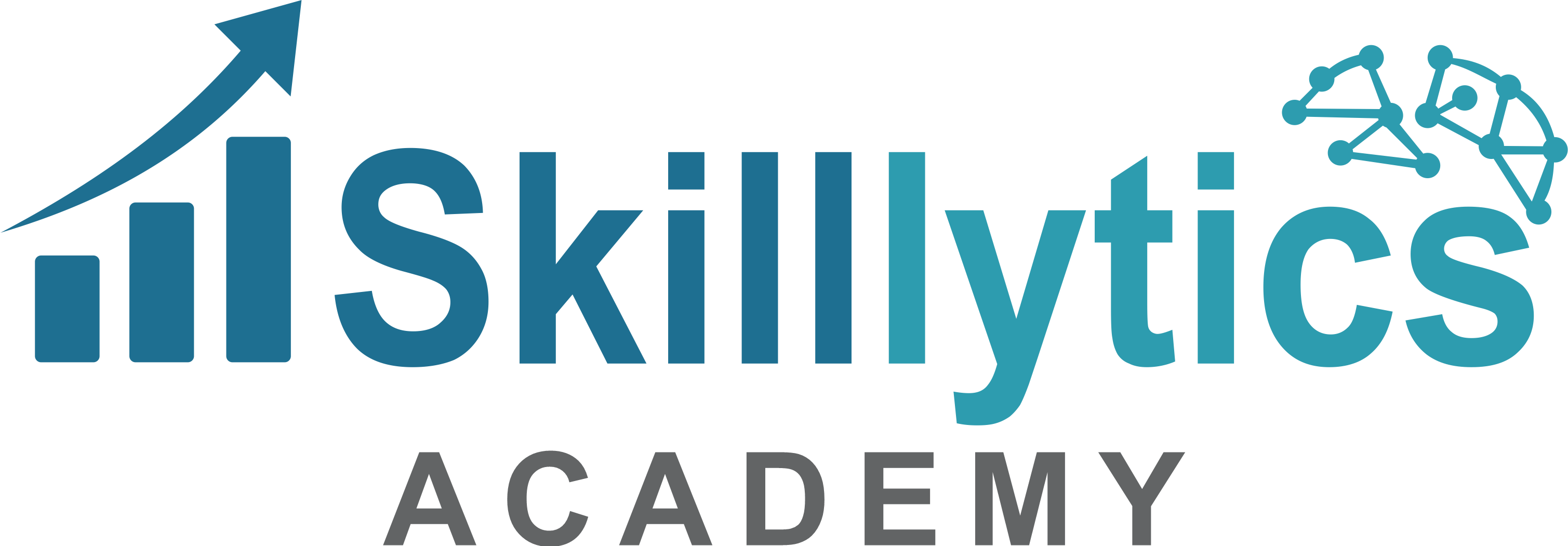In today’s data-first world, Data Analysts have become critical to the success of businesses across every industry. Whether it’s a tech startup, healthcare provider, retail chain, or government agency, data analysts help organizations make smarter, faster, and evidence-based decisions.
If you’re looking to start a career in tech or switch into a high-growth field, becoming a Data Analyst in 2025 could be one of the smartest moves you make. This blog explores what data analysts do, why the role is so valuable, the skills needed, and how to become one — even if you’re starting from scratch.
Who is a Data Analyst?
A Data Analyst is someone who collects, processes, and analyzes data to help organizations solve problems, identify trends, and make informed decisions. They act as the bridge between raw data and actionable business insights.
Unlike data scientists or machine learning engineers, data analysts typically focus more on exploratory data analysis (EDA), dashboards, reports, and helping decision-makers understand what the data says — and what to do about it.
What Does a Data Analyst Do?
Core Responsibilities:
-
Data Collection & Cleaning: Gathering data from different sources and ensuring it’s accurate and usable.
-
Data Analysis: Using statistical tools to find trends, patterns, and relationships.
-
Data Visualization: Creating graphs, charts, and dashboards to present findings clearly.
-
Reporting: Delivering regular and ad-hoc reports to stakeholders and decision-makers.
-
Business Insights: Recommending actions based on the data and explaining the impact.
Common Tools Used:
-
Excel – Still one of the most widely used tools for quick analysis
-
SQL – For querying and extracting data from relational databases
-
Python or R – For deeper data analysis and automation
-
Tableau, Power BI, or Looker – For creating interactive dashboards
-
Google Sheets, BigQuery, and cloud platforms – For working with modern data stacks
Industries That Hire Data Analysts
The need for data-driven decision-making is universal. Here are just a few sectors where data analysts are in high demand:
-
Finance: Risk assessment, fraud detection, investment analysis
-
Healthcare: Patient analytics, medical research, operational optimization
-
E-commerce & Retail: Customer behavior, sales trends, inventory management
-
Marketing: Campaign performance, lead generation, customer segmentation
-
Telecom: User behavior tracking, churn prediction
-
Government & NGOs: Policy evaluation, resource allocation, program monitoring
Skills Required to Become a Data Analyst
Technical Skills:
-
SQL – Essential for working with databases
-
Excel – For spreadsheet modeling and quick analytics
-
Python/R – For scripting, statistical analysis, and automation
-
Data Visualization Tools – Tableau, Power BI, or equivalent
-
Statistics & Probability – Understanding how to interpret data correctly
-
Basic Machine Learning (optional) – Helpful for predictive analytics
Soft Skills:
-
Critical Thinking – To interpret data with business context
-
Communication – To explain complex insights in simple terms
-
Attention to Detail – To ensure accuracy in analysis
-
Problem Solving – To identify the right questions to ask and answer with data
Data Analyst Salary in India and Globally
One of the top reasons people are moving into data analytics is the attractive salary and career growth.
Data Analyst Salary in India (2025 Estimates):
-
Entry-Level (0–2 years): ₹4–6 LPA
-
Mid-Level (2–5 years): ₹6–10 LPA
-
Senior-Level (5+ years): ₹10–15+ LPA
Data Analyst Salary in the US:
-
Average: $65,000 – $90,000 per year
-
Top Companies & Senior Roles: $100K+
Salaries vary based on experience, tools mastered, location, and the industry.
Career Growth and Future Scope
Becoming a data analyst is often the first step in a rewarding and upward-moving career path. With experience, you can specialize and grow into roles such as:
-
Senior Data Analyst
-
Data Scientist
-
Business Intelligence Analyst
-
Analytics Consultant
-
Product Analyst
-
Data Engineer (with additional technical training)
The role of data analysts is only expected to grow as more companies realize the importance of data in driving business success.
How to Become a Data Analyst
1. Learn the Basics
Start with foundational skills: Excel, SQL, and basic statistics.
2. Take a Structured Course
Join a reliable training program like those offered by Skilllytics Academy to gain hands-on experience, mentorship, and project exposure.
3. Work on Real Projects
Create a portfolio of real-world projects using open datasets or company data (if you’re working already). Tools like Kaggle, GitHub, and Tableau Public are great for showcasing your work.
4. Build Your Resume & LinkedIn
Highlight your skills, certifications, and portfolio projects. Include keywords like “data analyst,” “SQL,” “dashboard,” and “Python.”
5. Apply for Jobs or Internships
Start with internships or junior roles, and build experience. Freelance gigs or analytics bootcamps can also add value to your profile.
Final Thoughts
Becoming a data analyst is one of the most rewarding career moves you can make today. The role is a blend of creativity, logic, and business understanding, with plenty of room for growth and specialization.
With demand rising across every industry and skill sets that are transferable worldwide, now is the perfect time to start your journey. If you’re looking to learn from the best, check out Skilllytics Academy — offering top-rated data analytics programs designed for real-world success.
Ready to become a data analyst? Start your journey with Skilllytics Academy today!
Contact us to learn more or book your free counseling session.

